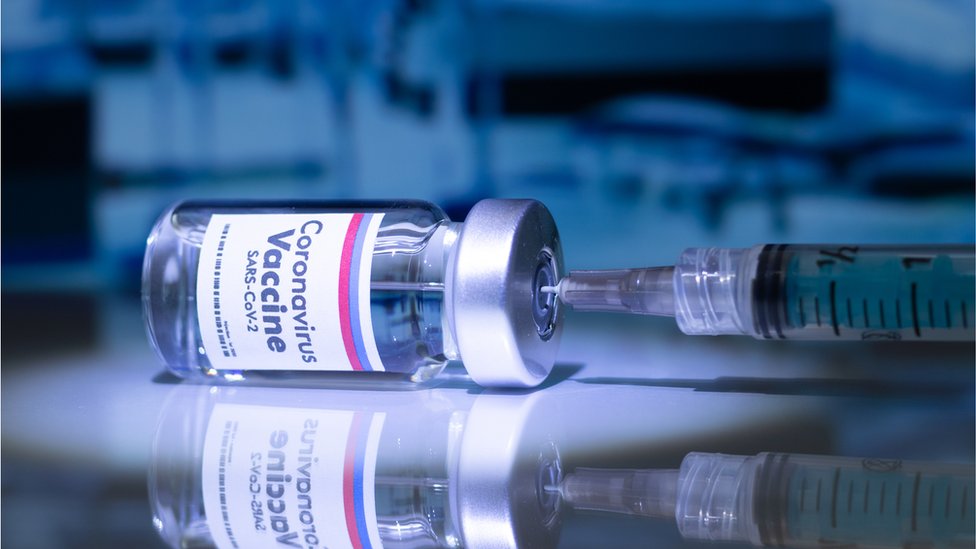January 12th local time, CBS reported that the United States reported the deadliest week since the outbreak: in the past week, more than 22,000 Americans have died of COVID-19, a record second consecutive week.
The number of confirmed cases in California is rising sharply, and the epidemic is spreading rapidly within the community.
Los Angeles County health officials say the number of COVID-19 deaths in the area has risen by 1125% in the past two months.
California’s death toll is also soaring: according to the state’s health department, as of January 12, local time, the number of deaths has exceeded 30,000.
“The whole state is in the midst of a meltdown,” said Brad Spellberg, a USC Medical Center physician.
“The distribution of vaccines in the United States has encountered great trouble”
The Washington Post said that all this happened at a time when the American people were vaccinated.
However, the distribution of the coronavirus vaccine in the United States was in great trouble, and the vaccination rate in the United States remained low.
According to the data released on the website of the Centers for Disease Control and Prevention (CDC) on the 12th, about 27.7 million doses of vaccine have been distributed nationwide, and only nearly 3.33 million people have completed the first injection, with a vaccination efficiency of less than 35%.

In the absence of a unified vaccine distribution program, states and counties in the U.S. have developed hundreds of different programs for front-line health care workers, nursing home residents, seniors and others.
In response, The Washington Post commented that the federal government lacks a strong organization for vaccine distribution and cannot integrate a loose medical system, which makes it impossible for the effective implementation of the vaccine distribution strategy in the United States.
Former government official: There are problems in vaccine distribution and vaccination in the United States
Recently, Scott Gottlieb, the former director of the Food and Drug Administration (FDA), said in an interview with CBS that there are problems with the current distribution and vaccination process of COVID-19 vaccines in the United States.
He called on U.S. public health officials to “press the restart button” and take new measures to vaccinate the American people faster.
Gottlieb said that there are still 40 million doses of vaccine left in hospitals for undistribution, and the federal government and local governments are still shirking their responsibilities.
For people who are not vaccinated, it doesn’t matter who is responsible.The U.S. government needs to adopt various ways to accelerate the distribution and vaccination of vaccines through more channels.
Medical experts: Repairing the vaccine distribution system in the United States should be the first priority.
The Washington Post said that the United States faces a difficult task: about three-quarters of the population must be vaccinated to stop the further spread of the novel coronavirus.
If this goal is to be achieved by September 1, the United States needs to vaccinate 240 million Americans in the next eight months. In big cities like Boston, Washington, D.C., and Houston, it will be necessary to vaccinate at least 10,000 people a day for the next eight months.
But the U.S. is far from this goal: Since December 15, 2020, only about 139,000 people have been vaccinated in Massachusetts and about 105,000 people in Harris County, Texas have been vaccinated.
“The federal government should make repairing vaccine distribution systems a top priority, and that’s the most important thing,” said Peter Hotez, a professor at Baylor School of Medicine in Houston.
The Washington Post said that the disaster in the pipeline was completely avoidable. Last summer, the federal government has explicitly refused to launch a national strategy to fight the epidemic.
The White House has done little to slow down the second or even third wave of the southern states. The only clear anti-epidemic measure is vaccination.
However, while the distribution of vaccines and the promotion of vaccination work, topics such as unreasonable vaccine distribution, imperfect vaccination data, and less than expected progress have been continuously controversial throughout the United States.
“It is expected that half a million Americans will lose their lives to COVID-19 by the second quarter of 2021, and the final number of COVID-19 deaths in the United States will also exceed the number of deaths from the 1918 influenza pandemic. We cannot allow this to happen,” Holtz said.



